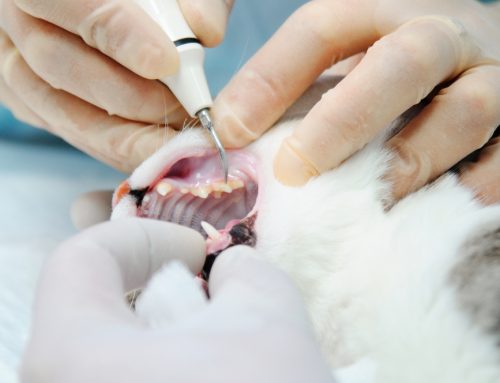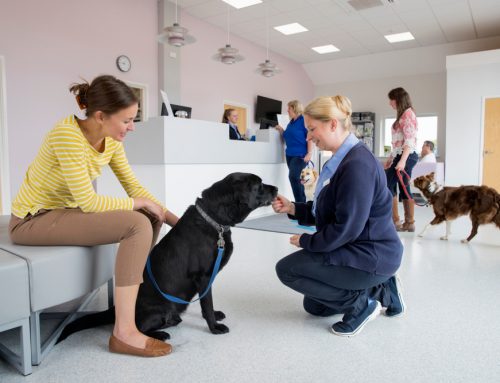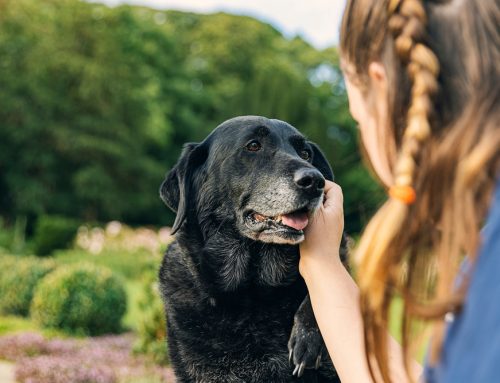There is nothing like the sensation of bringing home a new puppy. The warmth, the unbelievably soft fur, and—if you’re one to enjoy it—the puppy breath. That your little, roly poly bundle will quickly become a rambunctious teenager may seem impossible, but get ready. Training your new pup from the get-go is essential to raise a good, well-mannered adult. Here’s how to make the process enjoyable and successful.
Set attainable goals for your puppy
Envisioning your puppy as a highly trained, skilled working dog is a wonderful aspiration, but it behooves you to set smaller goals along the way. If this is your first time, you’ll soon realize that puppy training takes time, effort, and immense amounts of patience. Some dogs are more easily trained than others, which may depend on breed, personality differences, or training style preferences. You may realize that a training method that works for you doesn’t work for your pet, so being flexible and setting small goals along the way will help you both be successful in the long run. Start with one or two simple commands, such as “Sit” and “Stay,” for the first couple of weeks, mastering these before moving on to more challenging ones like “Come.” Aim for about 15 minutes per day of training in the early stages, preferably spread throughout the day.
Get the right tools for puppy training
You don’t typically need many supplies for puppy training, but some may help make your life easier. Teaching your pup to walk pleasantly next to you without pulling or gnawing on the leash is an essential lesson that starts with the right leash. Many trainers suggest beginning with a slip lead, which places slight pressure on the pup’s neck when they pull or when you wish to correct them. Other options include facial or chest harnesses (e.g., Gentle Leader or Halti), but they have a learning curve for new users. All brachycephalic (i.e., flat-nosed) breeds, such as pugs, shih tzus, and bulldogs, should be trained with some form of chest harness and never a traditional neck leash, because of their propensity for breathing problems. Avoid prong collars, chain-link leashes, and other heavy, cumbersome products that have no training benefit. Other than a leash, choose some tasty treats for rewards, and you should be set for your initial puppy training endeavors.
Use food to motivate your puppy
Fortunately, most puppies are easily motivated by yummy food morsels, so use this to your advantage by choosing training treats that are the right size for your pet, but will not pack on the pounds. At least in the beginning, use treats generously to reward your pup whenever they follow your commands or behave in a desired way, such as lying down, or directly after urinating successfully outdoors. When people come to the door, ensure you give your pet a training morsel if they greet the visitor politely.
Socialize, socialize, socialize your puppy
Training may go well in the comfort and quiet of your own home, but will Fido care what you say the first time you head to the dog park? If you want your pup to respond to your commands in any scenario, you must give them the opportunity to experience different environments, people, and pets. Timing is key for socialization, as puppies are most impressionable to socializing’s effects between 7 to 13 weeks of age. Unfortunately, this falls right in a pup’s normal vaccine schedule, potentially putting them at risk for certain infectious diseases. Work with your veterinarian to determine what activities are safe for your young pet during this vulnerable period.
Consider a puppy class
Organized puppy training classes are a wonderful opportunity for pups to get to know each other in a safe, controlled environment. Since most courses require that canine participants have received at least their initial vaccinations, this reduces disease transmission risk. Additionally, while socializing is one of the main goals, these classes are a great way for your puppy to learn basic commands—especially in the presence of other furry distractors.
Work hard, play hard, but let your pet be a puppy

Don’t forget to allow your puppy to be a puppy. They should have time every day for open play, indoors and outdoors, to freely explore and discover at their own pace. Of course, you’ll need to fully puppy-proof your home and outdoor spaces before allowing your pet to roam free, and you must monitor these sessions closely. Spend plenty of time actively playing with your puppy, but also allow them plenty of rest.
At Bolton Veterinary Hospital, we are committed to helping you raise a healthy, happy, and confident dog. For more information about training your puppy, check out Sophia Yin’s “Perfect Puppy in Seven Days” and “How to Behave So Your Dog Behaves.” Don’t forget to book an initial appointment for your puppy, and in the meantime, contact us with any questions or concerns. We can’t wait to watch your puppy grow!







Leave A Comment